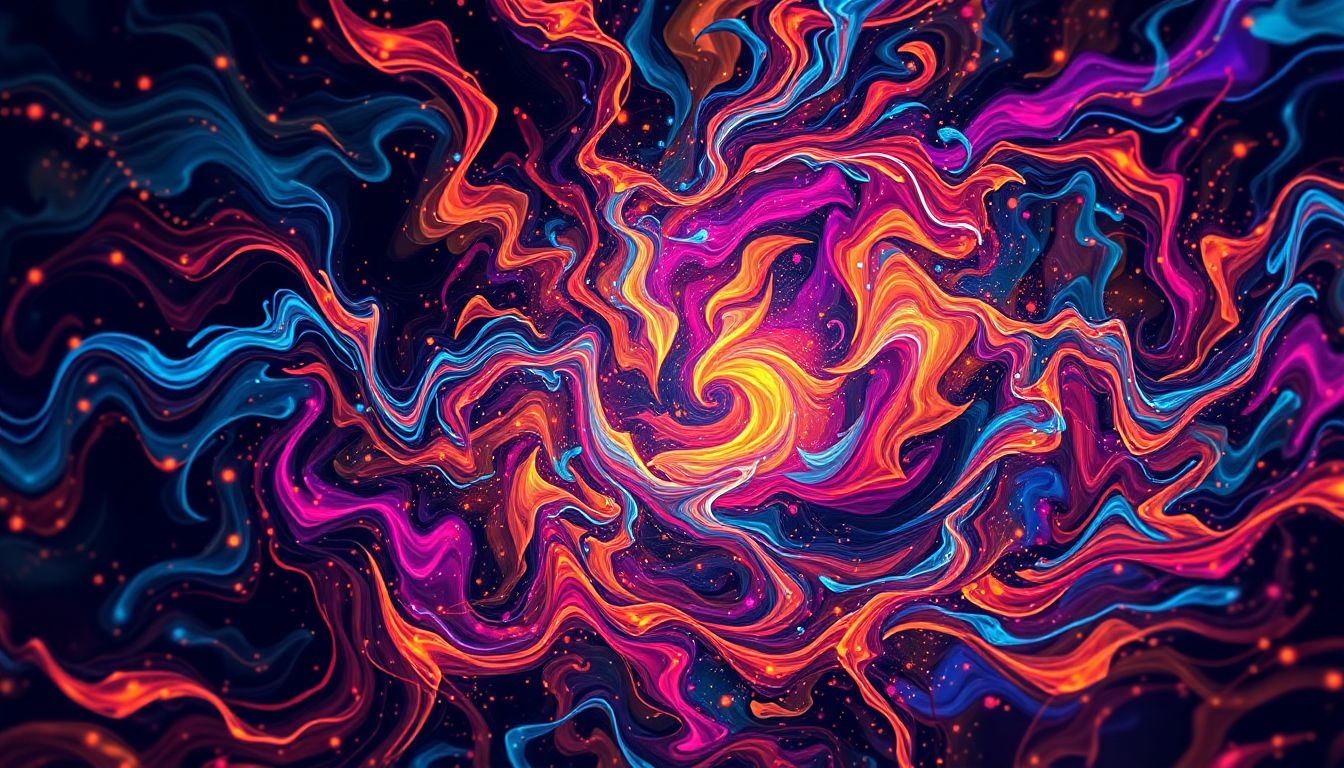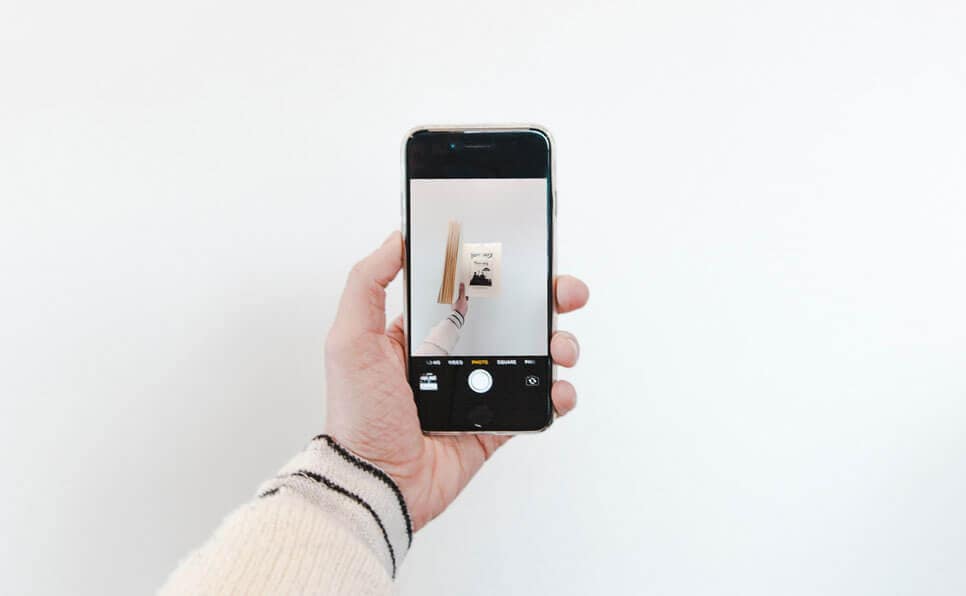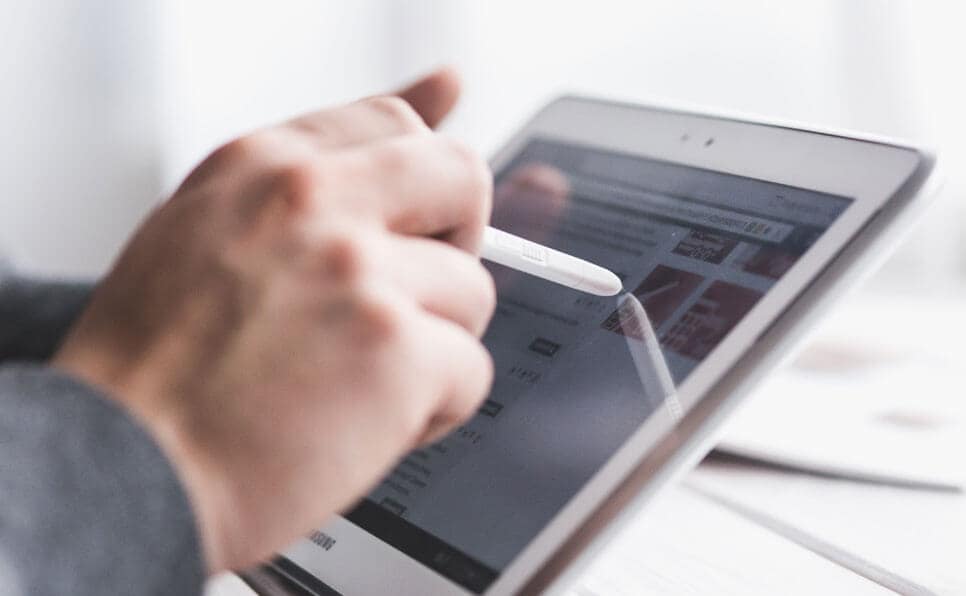
Artificial Intelligence in Art
The Rise of Artificial Creativity
The world of art is changing fast, thanks to AI art generators. These tools are transforming how we create, experience, and think about art. From stunning visuals to imaginative concepts, AI is pushing the boundaries of creativity.
AI art refers to artwork produced with the help of artificial intelligence technologies. This can include images, paintings, music, and even text-based art. It comes in many forms, powered by various algorithms and techniques. Understanding AI art is vital in today’s digital world, where technology meets imagination.
Understanding the Technology Behind AI Art
Generative Adversarial Networks (GANs)
One primary technology behind AI art is Generative Adversarial Networks, or GANs. These networks work by having two components: a generator and a discriminator.
- Generator: Creates images based on random noise or existing sample data.
- Discriminator: Evaluates images and determines whether they are real or generated.
This back-and-forth process improves the quality of the generated art over time, leading to stunning results.
Diffusion Models
Diffusion models are another innovative approach in AI art generation. They start with random noise and gradually refine it into coherent images through multiple iterations.
- Process: The model learns patterns from training data and applies them to create art.
- Outcome: This method can produce high-quality images, making it a favorite among creators.
Other AI Art Techniques
AI art also includes other techniques, such as neural style transfer, which applies the style of one image to the content of another. Despite their strengths, these methods have limitations, including biases in training data and a lack of creative intent.
Popular AI Art Generators: A Comparative Look
Midjourney
Midjourney offers an accessible platform for users to create art with ease. Its features include:
- User-friendly interface.
- Community-driven support.
However, it may lack advanced customization options compared to others.
DALL-E 2
DALL-E 2, developed by OpenAI, is known for its impressive capabilities. It can generate unique images based on textual prompts. Key points include:
- High-quality image output.
- Ability to understand complex prompts.
Its limitations involve restrictions on explicit content and bulk generation.
Stable Diffusion
Stable Diffusion has gained popularity for its open-source nature. This allows for:
- Community contributions.
- Versatile applications.
Its uniqueness lies in its accessibility, appealing to both amateurs and professionals.
Ethical Considerations and the Future of AI Art
Copyright and Ownership Issues
As AI art grows, so do questions about copyright. Who owns AI-generated art? The original artists whose works trained the AI? The developers of the AI? Clear guidelines are still needed.
Impact on Human Artists
AI art also influences human creativity. While some artists embrace AI as a tool, others fear it may replace traditional methods. This raises questions about the role of human touch in artistic expression.
Societal Implications
The development of AI art may reshape societal norms around creativity. As more creators use AI, discussions about authenticity and originality become increasingly relevant.

Mastering the Art of AI Art Prompts
Crafting Effective Prompts
When using AI art generators, writing effective prompts is crucial. Clear and descriptive language helps the AI understand your vision better. Experiment with different styles and contexts to see varied results.
Using Keywords and Negative Prompts
Incorporating specific keywords can guide the AI to produce desired outcomes. Negative prompts help define what you don’t want, refining the results further.
Experimentation and Iteration
Iterate on your prompts. AI art thrives on experimentation. Test variations until you achieve the results you wish for.
AI Art: Applications and Beyond
AI Art in Commercial Applications
AI art finds applications in marketing and design. Businesses use it to create eye-catching visuals quickly, saving time and resources.
AI Art in Creative Fields
Movies and music also benefit from AI-generated content. For instance, filmmakers experiment with visuals that blend real and virtual elements. Musicians use AI to compose unique soundscapes.
Shaping Future Artistic Expressions
AI is shaping new ways to express art. As more tools become available, the future of creativity may involve a collaboration between humans and machines.
Conclusion: Embracing the AI Art Revolution
AI art presents incredible possibilities but also challenges. Key takeaways include the importance of understanding the technology and its implications for the art world. As we navigate this new space, engagement with AI art can spark creativity and innovation.
Explore AI art generators and try creating your own pieces. Discover the power of combining human creativity with artificial intelligence. The future of art is here, and it’s an exciting time to be a part of the revolution!


